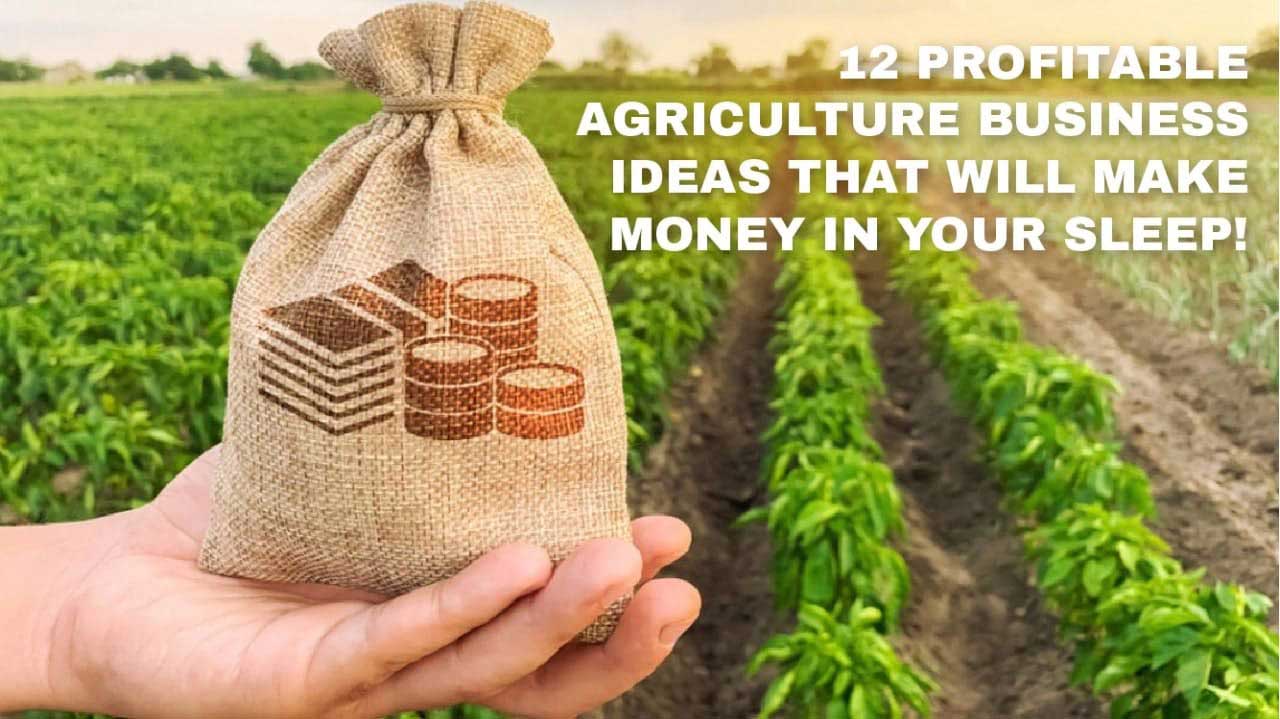Introduction
Agriculture has always been at the heart of human civilization. It has provided us with sustenance, economic stability, and the foundation for technological and cultural advancement. In the modern world, farming is not just about producing food; it’s a complex economic system that involves a multitude of factors. This blog post explores the economics of farming, focusing on strategies and innovations that can make agriculture not only sustainable but also highly profitable.
The Agricultural Landscape
Before we delve into the economics, let’s understand the current agricultural landscape. Agriculture has evolved significantly over the years. Traditional, small-scale farming has given way to large commercial operations. However, the challenges have also multiplied. Climate change, resource scarcity, and changing consumer preferences are just a few of the factors that farmers face today.
The Cost of Farming
One of the fundamental aspects of the economics of farming is the cost involved. Farming is a capital-intensive endeavor. Farmers need land, seeds, fertilizers, machinery, labor, and more. The cost of these resources can fluctuate due to market conditions and environmental factors.
Maximizing Efficiency
To make agriculture profitable, farmers must maximize their efficiency. This involves using resources wisely to produce more with less. Here are some key strategies:
Precision Agriculture: This technology-driven approach involves using data and technology to optimize various aspects of farming, from planting to harvesting. Precision agriculture allows farmers to make data-driven decisions, reducing waste and increasing yields.
Crop Rotation: Crop rotation is a practice where different crops are planted in the same field in sequential seasons. It helps improve soil health, reduces the risk of pests and diseases, and can increase overall yield.
Diversification: Relying on a single crop can be risky. Diversifying crops can spread the risk and provide multiple income streams for farmers.
Sustainable Practices: Sustainable farming practices not only benefit the environment but can also reduce long-term costs. Practices like no-till farming, cover cropping, and organic farming can lead to healthier soils and lower expenses.
Market Access and Marketing Strategies
Agricultural economics is not just about production; it’s also about getting the produce to the market. Farmers must consider transportation costs, storage facilities, and market demand. Moreover, effective marketing strategies can make a significant difference in profitability.
Local and Direct Sales: Selling products directly to consumers through farmers’ markets or community-supported agriculture (CSA) programs can eliminate the middleman and increase profits.
Value-Added Products: Processing agricultural products into value-added goods like jams, cheeses, or artisanal bread can command higher prices in the market.
Export Opportunities: Exploring international markets can open up new revenue streams for farmers. However, it also involves understanding complex trade regulations and quality standards.
Technological Advancements
The role of technology in modern agriculture cannot be overstated. Innovations in farming equipment, biotechnology, and data analytics have transformed the industry.
Automated Machinery: Tractors, harvesters, and drones equipped with AI can perform tasks with precision, reducing labor costs and increasing efficiency.
Genetically Modified Organisms (GMOs): GMO crops are engineered to resist pests, diseases, and environmental stress. They can lead to higher yields and reduced use of pesticides.
Big Data and Analytics: Farmers can now collect and analyze vast amounts of data to make informed decisions about planting, irrigation, and harvesting.
Government Support and Policies
Government policies play a significant role in shaping the economics of farming. Subsidies, tariffs, and trade agreements can impact farmers’ profitability.
Subsidies: Many governments provide subsidies to farmers to stabilize food production and support rural economies. These subsidies can significantly affect farmers’ income.
Trade Agreements: International trade agreements can open up new markets for agricultural products or create barriers that affect exports.
Environmental Considerations
In recent years, there has been a growing emphasis on sustainable and environmentally friendly farming practices. Consumers are increasingly concerned about the environmental impact of agriculture, and this can influence purchasing decisions.
Organic Farming: Organic farming practices prioritize soil health and reduce the use of synthetic chemicals. While it can be more expensive initially, it can lead to premium prices in the market.
Carbon Credits: Some programs offer farmers financial incentives for adopting practices that reduce carbon emissions.
Challenges and Future Outlook
While there are many opportunities in the economics of farming, challenges persist. Climate change poses a significant threat to agriculture, with unpredictable weather patterns and increased pest pressures. Additionally, the increasing global population will place greater demands on food production.
The future of profitable agriculture lies in innovation, sustainability, and adaptability. Farmers who embrace new technologies, sustainable practices, and market opportunities are poised for success in the ever-evolving agricultural landscape.
Conclusion
Agriculture is not just a profession; it’s a dynamic economic system that influences and is influenced by various factors. To make agriculture profitable, farmers must carefully consider their costs, maximize efficiency, explore market opportunities, embrace technology, and stay informed about government policies and environmental concerns. With the right strategies and a commitment to sustainability, agriculture can continue to thrive as a profitable industry that feeds the world.





